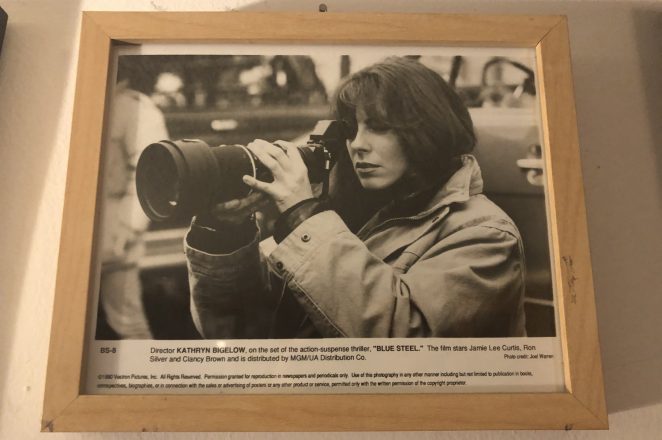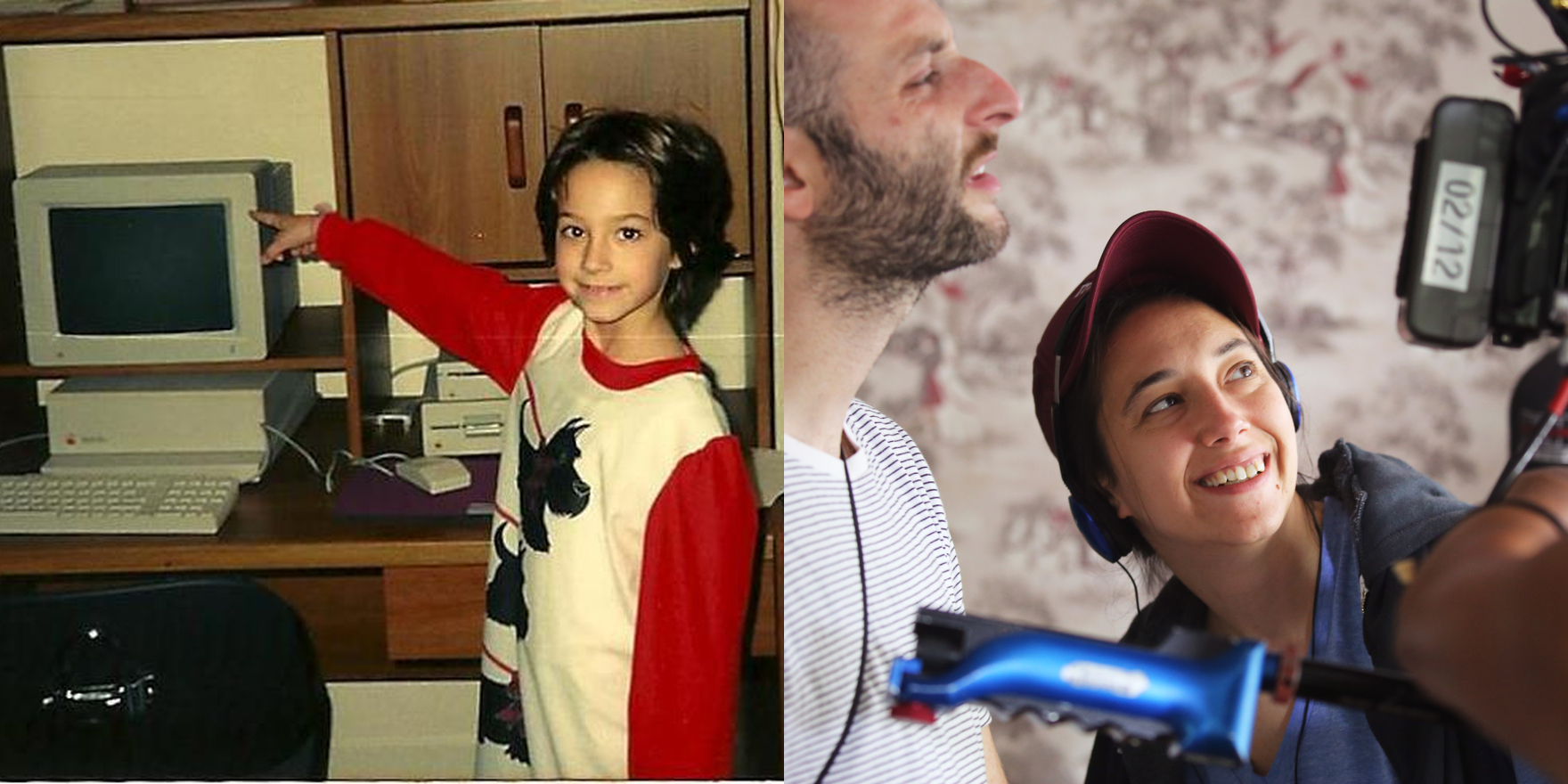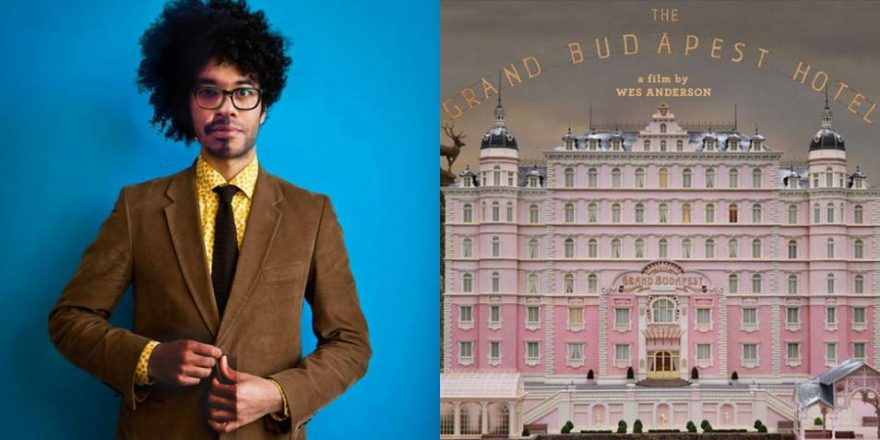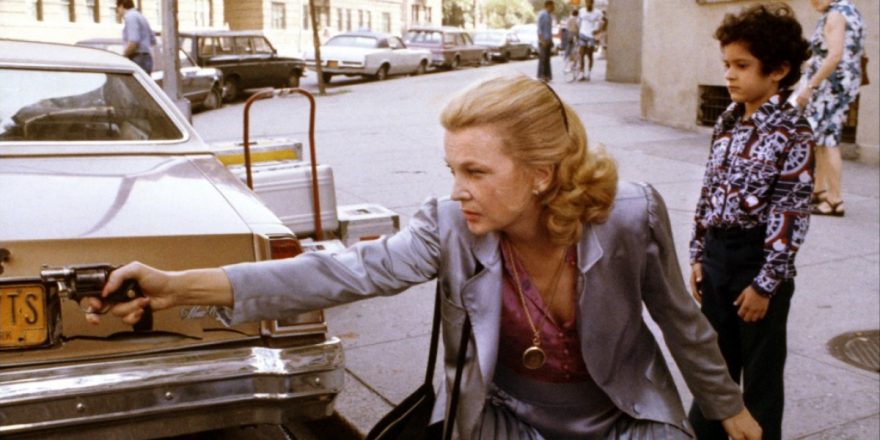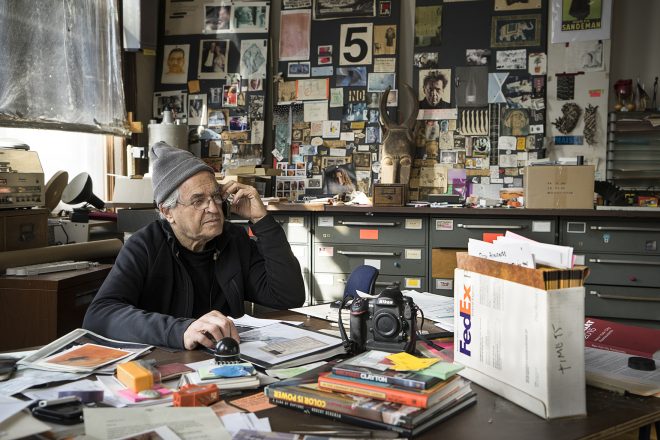During my whirlwind publicity run for Satanic Panic, one question that came up a lot during interviews was, “Who are some of your favorite directors?” This list is always long and tends to change depending on how I feel (or who I’m inspired by in that moment), but there is one person that almost always comes to mind when I’m asked that question. And that person is Kathryn Bigelow.
I discovered Kathryn Bigelow when I was a freshman high school and saw her 1987 film Near Dark. I completely fell in love with this film the first time I saw it. I had seen plenty of vampire films, but none of them emotionally spoke to me like this one did. The casting is so superb and there is a beautiful, poetic nature to this film. It’s not only a story of survival, but it’s a family story too. Adrian Pasdar’s Caleb, who’s recently become a vampire, is forced to choose between his “day family” and his “night family.” I also think it’s so awesome that something as iconic as Near Dark was Kathryn’s first feature film that she directed solo. (Monty Montgomery co-directed and co-wrote the 1981 film The Loveless with her, which was also Willem Dafoe’s first credited feature film.) Bigelow co-wrote the screenplay for Near Dark with Eric Red (who had just come off of The Hitcher), and collaborated with Red again on her follow-up feature, Blue Steel, a female-led cop thriller which bends society’s gender roles and expectations and showcases a particularly fierce Jamie Lee Curtis. I recently appeared on an episode of the Fright School podcast talking in depth about my love of Near Dark. It’s a film I revisit several times a year and has one of my favorite director commentaries.
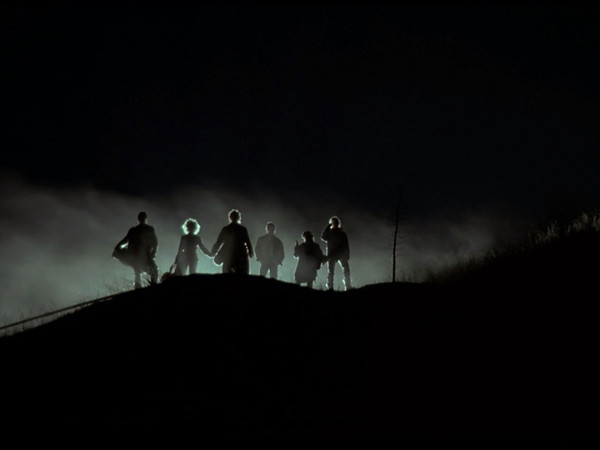
Now, before I go too much further down the rabbit hole about my love of Kathryn Bigelow’s work, there is something important I need to acknowledge. That day when I saw Near Dark for the first time, it made me realize that there were women out there doing just what I wanted to do when I “grew up”: directing movies. When I saw her name listed as the director, I was instantly starstruck and a little infatuated. This woman, along with several others, was helping pave the way for future female filmmakers like myself, even if they didn’t know it at the time.
After seeing Near Dark, I made it my mission to seek out more of her films. My second favorite film in her catalogue, after Near Dark, is the 1991 classic Point Break. That movie blew my mind. Keanu Reeves and Patrick Swayze’s chemistry is dynamite, Lori Petty is a badass surf goddess … the whole cast is outstanding. Also, this movie is pure surfer porn. It’s so beautifully shot that it even inspired me to attempt surfing when I moved to Los Angeles after college (the ocean promptly spit me out and I’ve come to terms with its rejection). It was important for me to see action films directed by women, which I had previously thought was a genre set aside for only male directors. Point Break has become one of the most iconic (and quotable) action films ever.
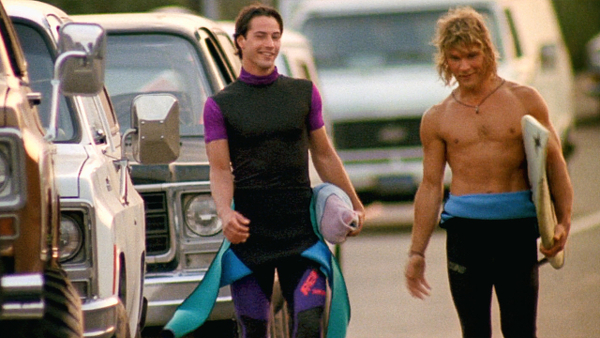
After Point Break, Kathryn took on the futuristic crime thriller Strange Days, which was written and produced by her ex-husband, James Cameron. Released in 1995, Strange Days was so ahead of its time, and its influence is clear on other future-set films, such as The Matrix. Set against the backdrop of Los Angeles at the end of the millennium (foreshadowing the real Y2K hysteria), it comments on class, race, technology and the media, and has no-holds-barred violence. I remember seeing the film for the first time and being intimidated by how intense it was. It still has this effect on me every time I watch it.
Not all of Kathryn Bigelow’s films were box-office successes. It’s unfortunate that a film and its creator are, more often than not, judged by the amount of money they make at the box office over a weekend, even if the movie is opening against a colossal studio film. If a movie doesn’t make any money, sometimes that filmmaker is not given another chance … or it can be years before they’re give a chance to direct again. And this system is especially hard on female filmmakers. Personally, I was nervous about this with my own films. I was excited that All That We Destroy was releasing on Hulu for many reasons, but one of them definitely was the fact that there would be no box-office numbers to worry about. I also “dodged a bullet” with Satanic Panic as well, it was released day and date, with a limited theatrical release, since the distributors knew it would be successful on VOD and digital HD. Although I know I will be thrilled for the day I make a movie that gets a wide theatrical release, there is still a level of anxiety that comes with that privilege.
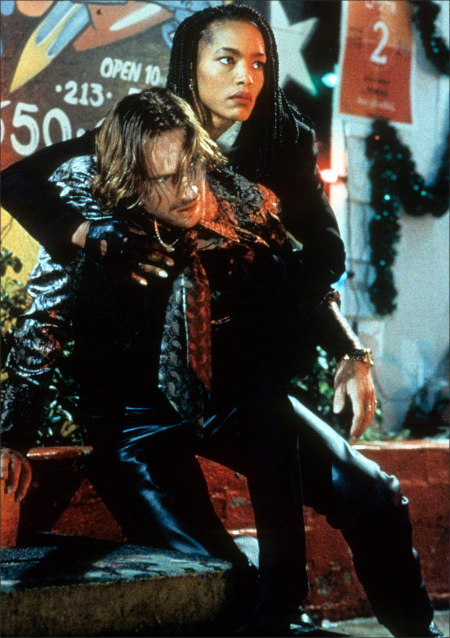
Kathryn was making films pretty steadily from when she started directing up until 2002, after K-19: The Widowmaker. After that film’s disappointing showing at the box office, she went dark until 2009, when she resurfaced with one of her most critically successful films, The Hurt Locker. This film also marked the beginning of her partnership with screenwriter Mark Boal, which continued with Zero Dark Thirty and Detroit, both of which she directed and he wrote. I remember seeing The Hurt Locker at a theater in Los Angeles and thinking, “She better be nominated for an Oscar for this film.” Sure enough, she was. The Hurt Locker ended up winning six Academy Awards, including Best Picture, and Kathryn became the first woman to win Best Director. Almost 10 years later, she remains the only woman to have ever won the award. I remember watching the Oscars that year and crying during her acceptance speech. Seeing a woman winning that Oscar was magical to me. She had directed so many incredible films and was finally getting the recognition she deserved.
Kathryn Bigelow has never stopped showcasing what an incredible director and auteur she is. She inspires me every day. A close friend of mine gifted me a photo of her on set directing Blue Steel, which I have framed on the wall in my living room. I hope to one day create a legacy of unforgettable films like hers. She was and will always be a trailblazer. Maybe one day I’ll be lucky enough to meet her and be able to thank her for paving the way for female filmmakers like me.



